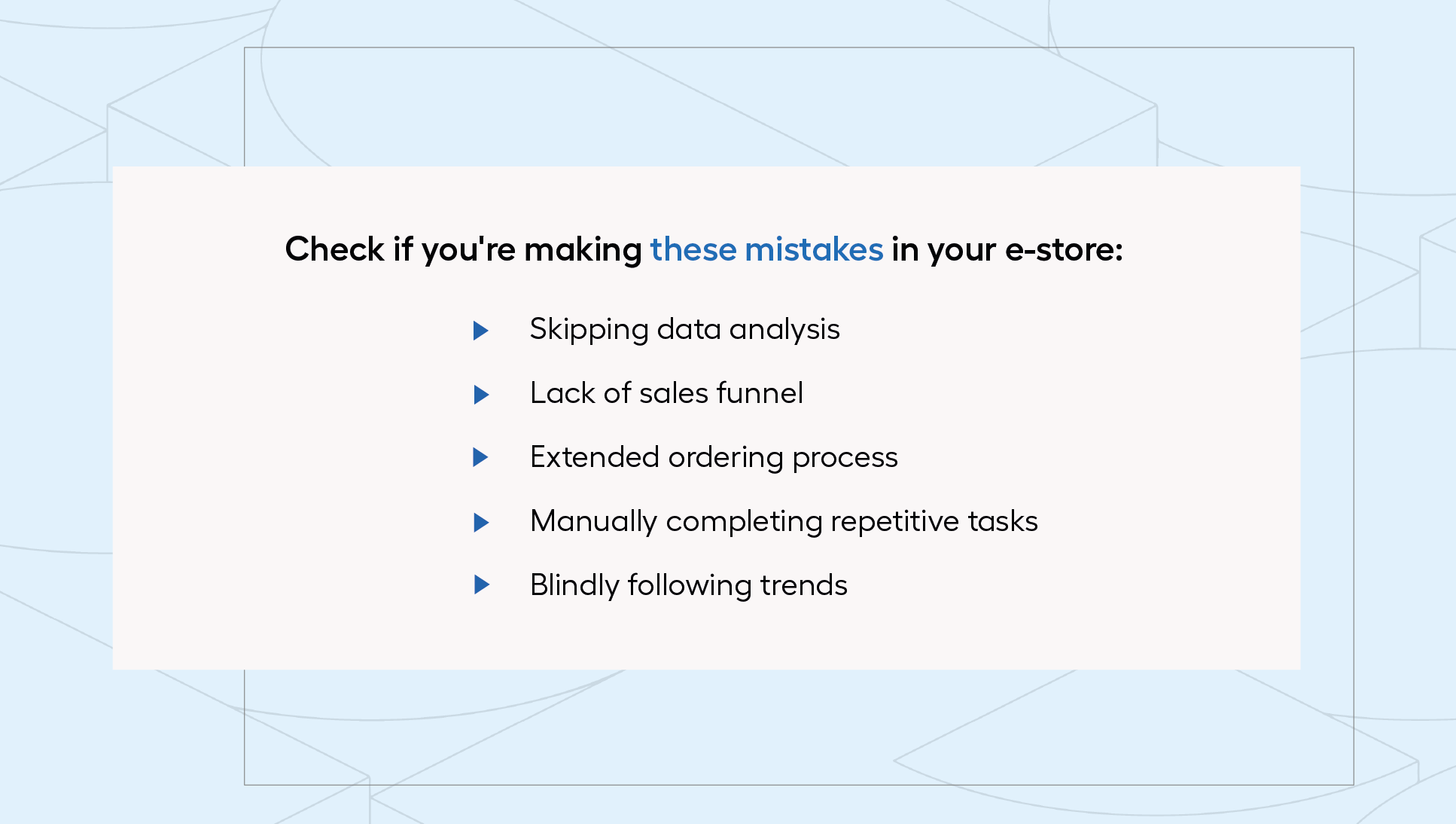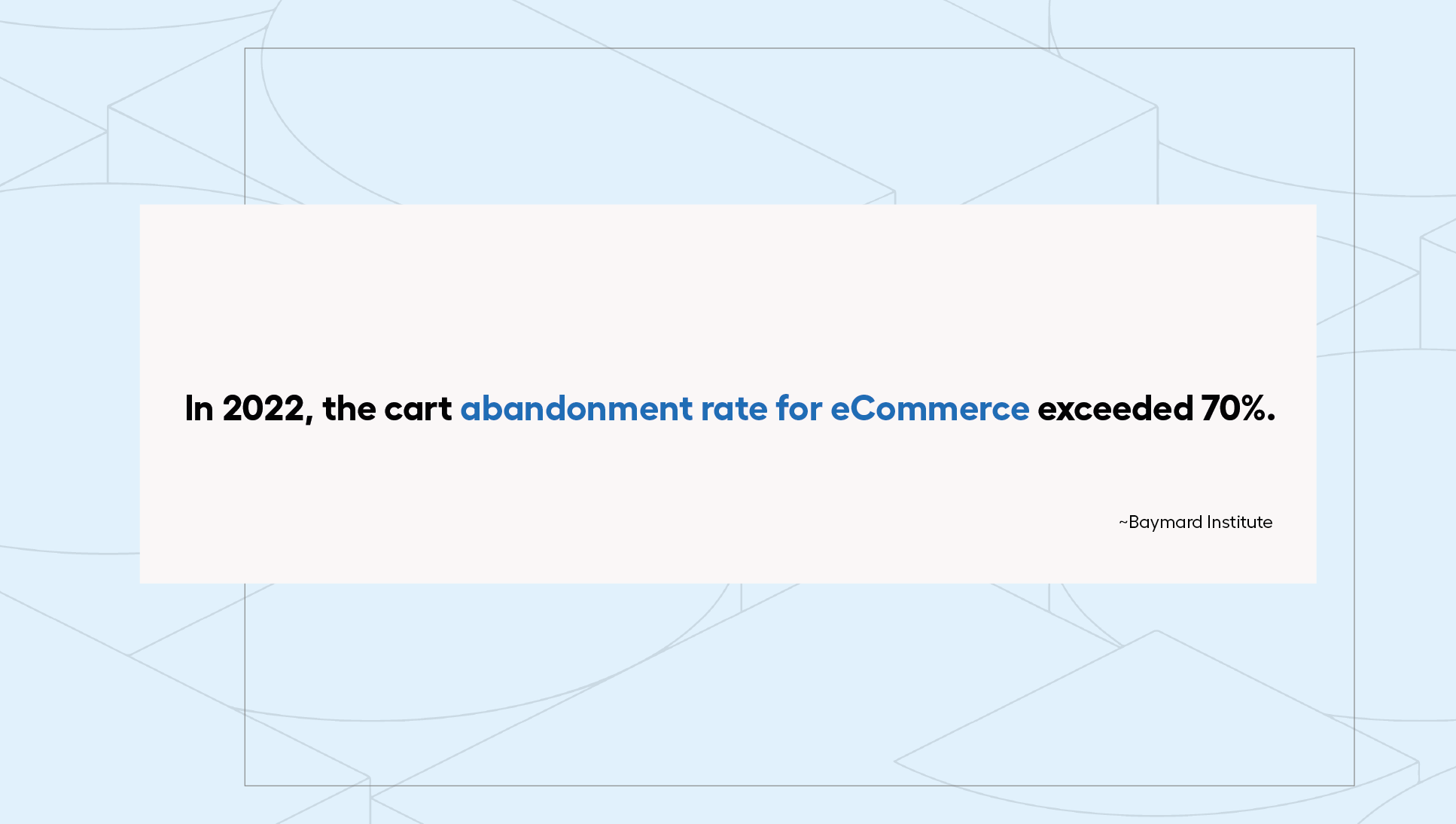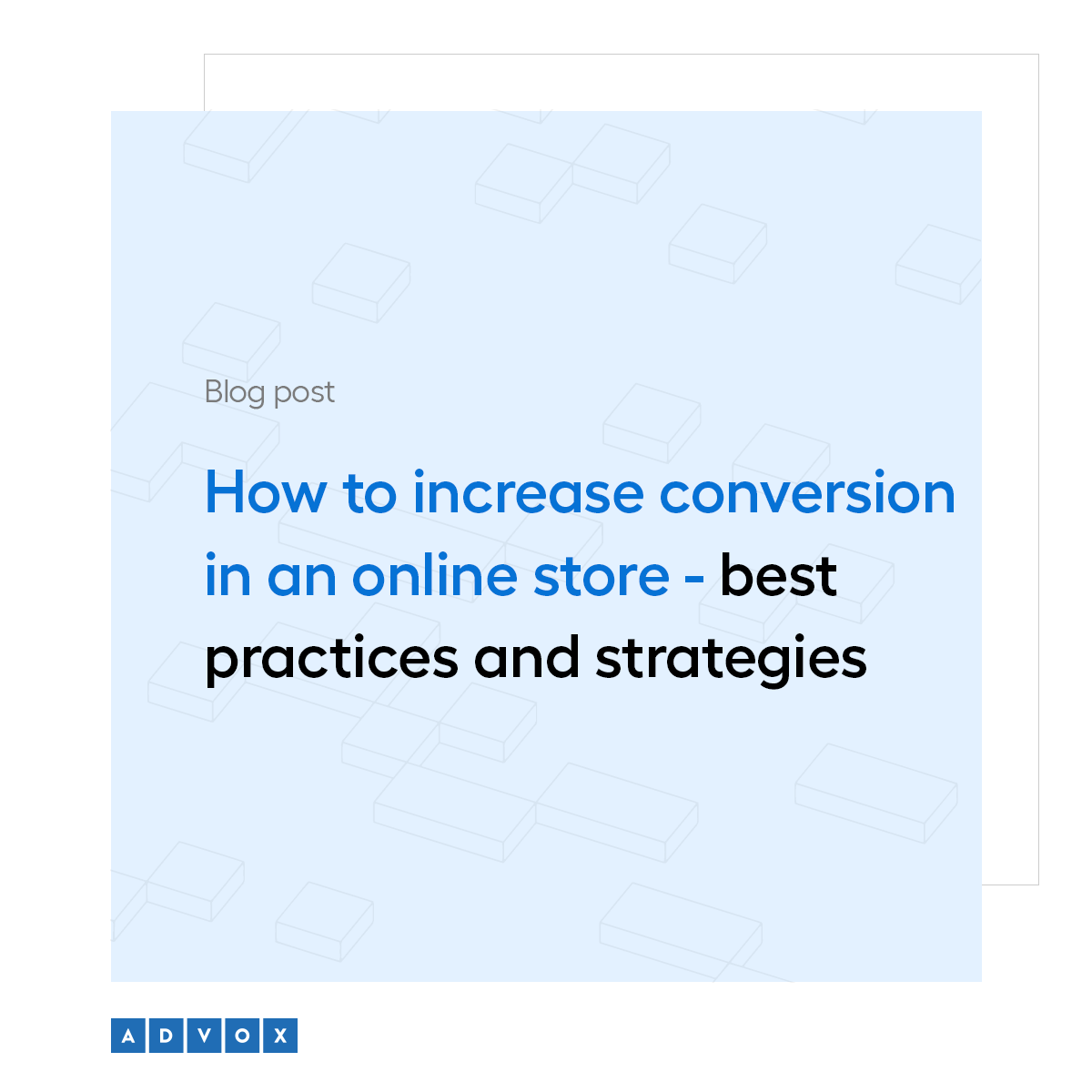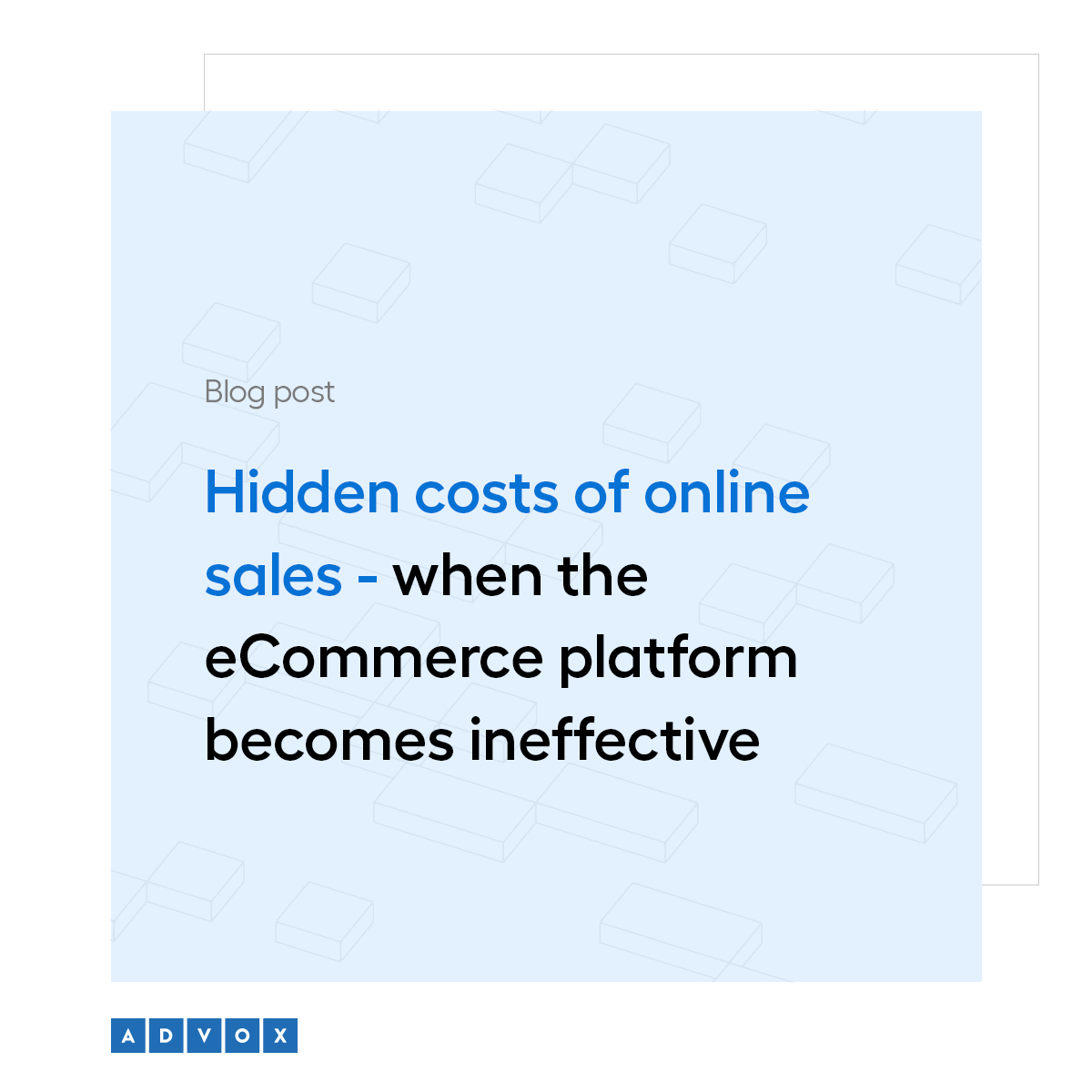Table of contents
- Common mistakes made by online store owners
- #1 Neglecting Data Analysis
- #2 Selling without a sales funnel
- #3 Difficult ordering process
- #4 Lack of automation in repetitive activities
- #5 Blindly following trends
- Is your online store free from mistakes?
- Use Google Analytics (or other tools) to track traffic, conversions, and other key performance indicators (KPIs) - determine which indicators and data are most relevant for the smooth operation of your online store (it could be metrics like time spent on the site, traffic sources, or bounce rate). This will help you better understand customer behaviours, identify trends, and make informed optimization decisions.
- Regularly analyse data and draw conclusions - data analysis should be an ongoing process. Ongoing monitoring of indicators allows for identifying trends, detecting potential problems, and quickly reacting to market changes.
- Use information to optimise the store and increase sales - the gathered data can be used to optimise store operations, personalise offers, and adjust marketing strategies accordingly. For example, you can use it to prepare personalised product recommendations, improve interfaces, or adjust pricing strategies.
- Define the profile of your online store's customer - get to know your customers precisely, their preferences, needs, and shopping habits. Regularly monitor their behaviours, collect feedback, and adjust your actions accordingly.
- Create a customer journey map - carefully analyse the path a customer takes from first contact with your store to placing an order and post-sales service. Identify all touchpoints between the customer and the online store and improve each one to provide the best possible shopping experience.
- Optimize each stage of the sales funnel - ensure that each stage of the sales process is optimized for ease of navigation, understanding of the offer, and transaction finalization.
- Limit the number of steps to the essential minimum - the fewer steps, the lower the likelihood of cart abandonment by the customer. Try to simplify the purchasing process, allowing customers to complete orders quickly and seamlessly. A good solution may be to implement a one-step checkout, which allows customers to finalize their purchases on one page without having to go through multiple separate subpages.
- Offer various payment options - according to the "eCommerce w Polsce 2023" study, Poles use up to 9 different payment methods on a daily basis. That's why it's crucial for your store to offer both more traditional payment methods (e.g., bank transfer) and those relatively new to the scene (e.g., deferred payments or mobile payments).
- Ensure that the ordering process runs smoothly on mobile devices as well - optimize the website for mobile devices, providing easy navigation and an intuitive purchasing process for users using phones and tablets.
- Identify tasks that can be automated - consider which repetitive tasks can be automated to save time and resources. These could include actions such as sending order status updates, automatically generating sales reports, or sending personalised emails to customers.
- Choose the right automation tools - there are many dedicated solutions on the market for automating various processes. You can, for example, opt for marketing automation tools (Mailchimp, Zapier, HubSpot), customer service tools (LiveChat, Zendesk), or decide to integrate your store with external systems (warehouse management systems or content management systems).
- Implement automation gradually - don't try to automate everything at once. Introduce automation gradually, starting with the most critical and repetitive tasks. This will help avoid adaptation problems and enable better adaptation of the entire organization to new processes.
- Focus on your store's strategy - the main guiding principle for your actions should be a long-term action plan. Therefore, when implementing market trends, it's always worth making sure they make sense in the context of your strategy.
- Monitor the impact of the trend on sales and conversion - remember to monitor the effects of implementing new functionality. By analysing data, you'll be able to assess whether a particular trend actually brings the expected benefits. For example, if adding a chatbot to the site doesn't increase sales or improve the conversion rate, it's worth considering removing or modifying it.
- Don't be afraid to abandon a trend if it doesn't bring the expected results - effectiveness is what matters in business, so it's worth being flexible and ready to adapt to changing market conditions. Instead of investing a budget in a project that doesn't meet certain assumptions, it's better to focus on other aspects that bring better results, such as improving the purchasing process or enhancing website content.
Ever wonder why customers abandon their carts just before completing a purchase? Do you feel like buyers get lost in the maze of tabs and options? Are you lacking time to develop your store because you're drowning in repetitive tasks? If you answered "yes" to any of these questions, this article is for you! You'll find tips here to help you avoid mistakes and increase the chances of success for your online store.
Common mistakes made by online store owners
Running an online store is a demanding task - it involves simultaneously managing various areas (e.g., customer service, inventory, promotion). Additionally, it requires standing out from the (continuously growing) competition and meeting (equally dynamically growing) customer expectations. So how can you achieve success in eCommerce?
One of the key factors is avoiding common mistakes that can negatively impact the condition of the e-store, as well as sales and profits. In this article, we'll present 5 frequently occurring mistakes made by online store owners. We'll discuss their causes, effects, and practical tips on how to avoid them. Let's dive in!

#1 Neglecting Data Analysis
Imagine starting a new business but having no strategy, just feeling your way through. While there's a chance you might succeed, it could as well be a matter of chance without monitoring results. That's precisely why data analysis in an online store is crucial to gain a full picture of what's happening and what can be improved. Making significant decisions based on intuition or guesswork can lead to missed opportunities for growth and even financial losses. Data analysis plays a crucial role in understanding customer behaviour, shopping trends, and the effectiveness of marketing strategies. Properly conducted analysis allows identifying weaknesses in the online store's operation and leveraging strengths for further business development.
How to avoid this mistake?
#2 Selling without a sales funnel
Maintaining customer attention is a demanding task that involves many stages. Initially, it's essential to generate interest and then maintain it throughout the entire purchasing process. However, customers should also feel cared for after placing an order, encouraging them to revisit the store. How to effectively guide the user through all these stages?
Developing a sales funnel can be a crucial tool in achieving this goal. A funnel is a model that helps identify customer needs, organise the various stages of the sales process, and increase the efficiency of customer acquisition. But what if you don't include a funnel in your plan? Then you're largely dependent on external factors such as competition, market trends, or even chance. The lack of a clearly defined sales funnel can lead to the loss of potential customers who get lost in the maze of information and options. Additionally, it can result in wasting time and resources on activities that don't yield the expected results (e.g., directing marketing campaigns to the wrong audience).
How to avoid this mistake?
#3 Difficult ordering process
If you think about how your customers place orders, it quickly becomes clear that there isn't one universal method. Online shopping isn't limited to the time spent at home in front of a computer screen. Buyers increasingly visit e-store websites while commuting to work, waiting in line at the doctor's office, or traveling by train. Therefore, more and more of them expect the ordering process to be quick and intuitive - so that completing it is possible under any circumstances. So if your store still has a multi-step shopping cart with many fields to fill out, you're making a serious mistake that can lead to an increase in abandoned carts.

According to Baymard Institute data, the cart abandonment rate for eCommerce is over 70% (2022 data). This means not only lost profits but also missed opportunities to gain loyal customers who would stay with your brand longer if you provided them with more intuitive shopping experiences.
How to avoid this mistake?
#4 Lack of automation in repetitive activities
In every business, there are repetitive tasks that still require time and resources to complete (which could otherwise be used for more conceptual activities). In an online store, this could include tasks such as sending out newsletters about new offers, managing inventory levels, or responding to simple customer questions. Manual execution of these tasks can reduce efficiency and increase the risk of errors. How to avoid this? Introducing appropriate tools for process automation will save time and resources and optimise the store's operation.
How to avoid this mistake?
#5 Blindly following trends
Everywhere you hear that artificial intelligence is essential for your eCommerce? Are you considering changing your website design to be more "trendy"? Or perhaps you've heard that everyone must sell on social media now? After all, if the industry leaders are doing it, you should too. This kind of thinking is another mistake - while it's important to stay up-to-date with eCommerce trends, you shouldn't blindly follow everything new and popular. Not every trend will be suitable for your store, and what's more, it might even do more harm than good.
How to avoid this mistake?
Is your online store free from mistakes?
You now know what mistakes to avoid to achieve success in running your online store. However, achieving success in eCommerce is not just a one-time action; on the contrary, it requires patience, commitment, and continuous development. Therefore, it's worth constantly analysing data, tracking market actions, and experimenting (in line with your own strategy!) with new solutions. If you're wondering what else you can do to improve the efficiency of your online store, contact us! We'll conduct a professional audit of your online business and identify areas that need improvement.







